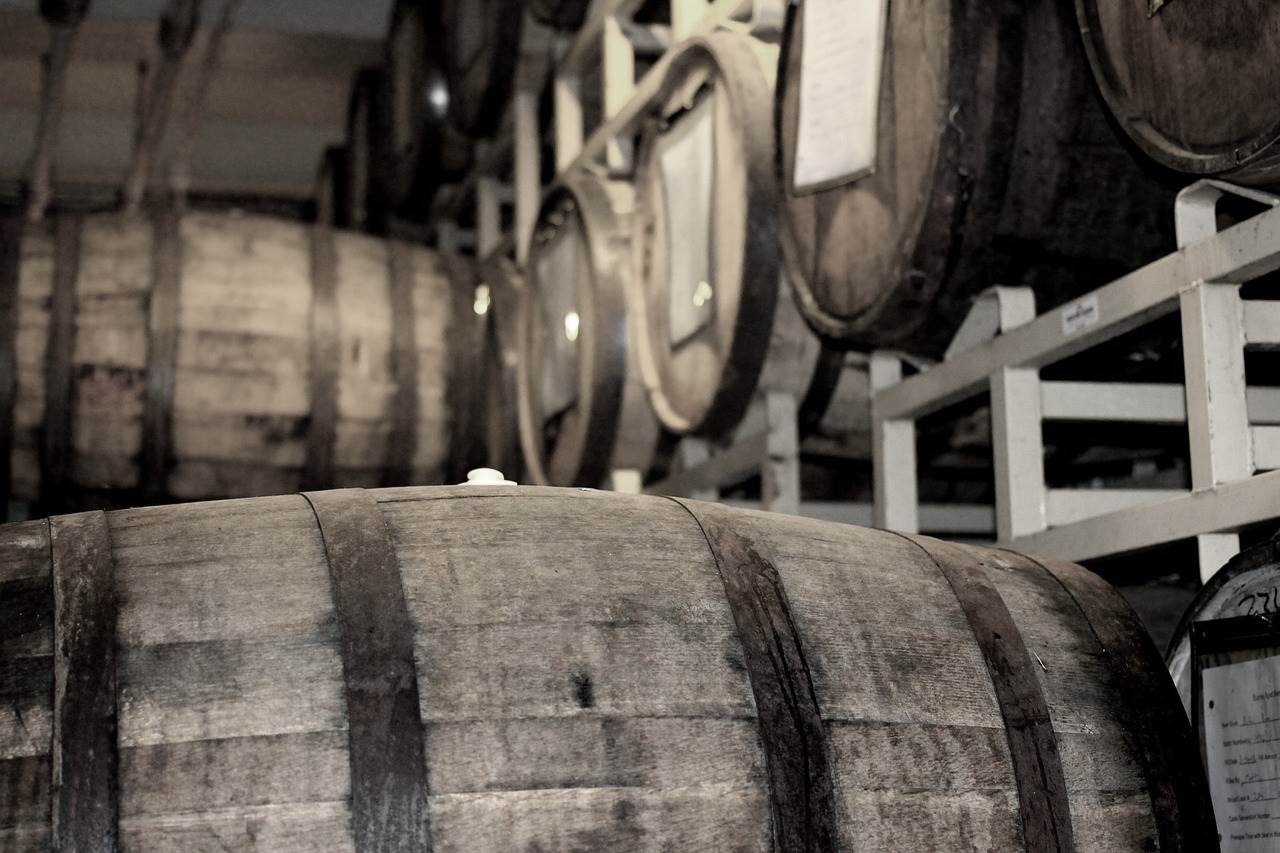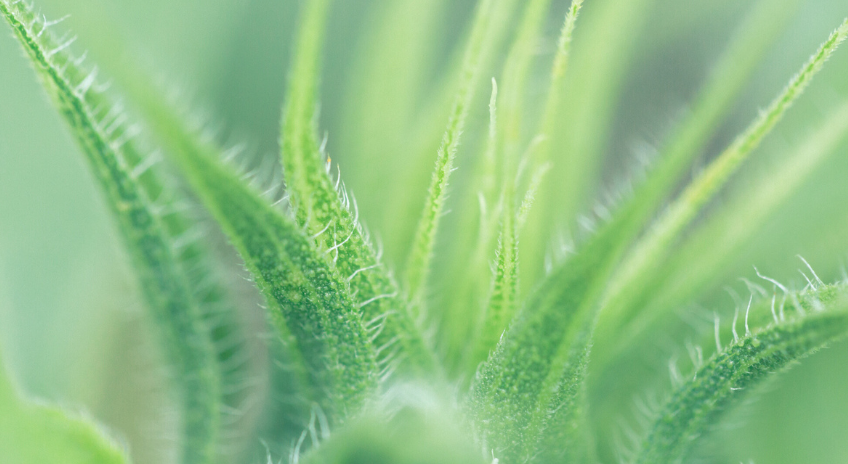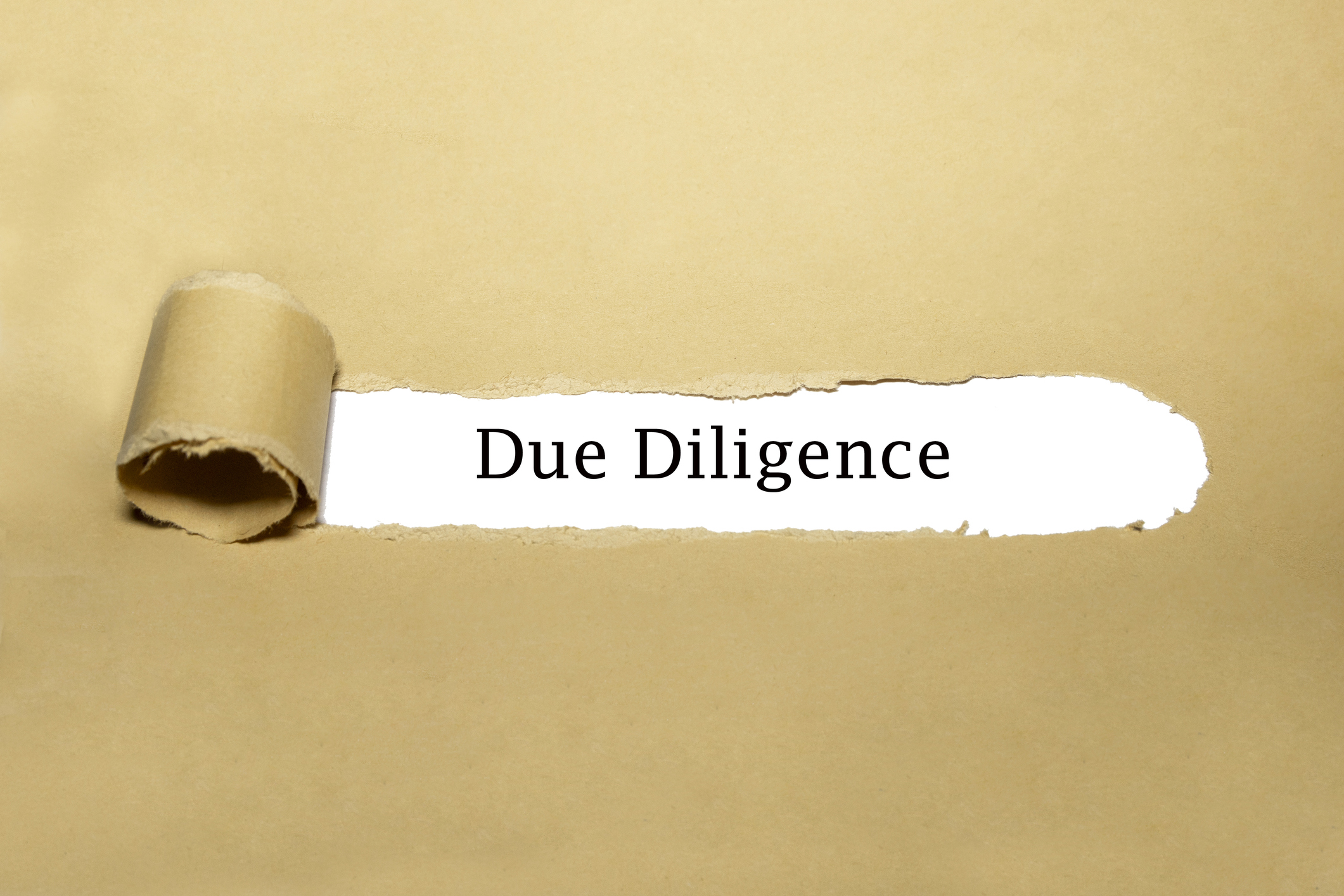
The Rise Of New Distilleries In Scotland.
Date: 28/09/2015 | Corporate, Employment & HR
“Usquabae” – whisky, or ‘the water of life’ is synonymous with the heritage and image of Scotland.
The Usquabae whisky bar a few doors along from my firm’s offices in Edinburgh boasts a selection of over 400 different whiskies for sale. That is an impressive figure which gives you some idea of the sheer range of whisky produced by Scotland’s distilleries. A large number of these will no doubt have been sourced from distilleries which have been around for hundreds of years, but many others will be the products of new smaller scale distilleries which have only very recently made their appearance on the horizon of the whisky industry.
The first recorded distillery is thought to have been created by monks in 1494 and since then, the process of distilling barely soaked with the frequent Scottish rain has been perfected into the Scotch that is so admired today. This admiration, and of course the brand itself, is protected and promoted by the efforts of the Scotch Whisky Association – an organisation founded in 1942 representing the interests of the Scotch whisky industry whose members account for 95% of the total production.
The really interesting thing about the birth of the many new distilleries is that of the diversity of their locations. The geography of the location, it would appear, is all to do with the uniqueness of the flavour of the whisky produced. The whisky maturation warehouse built in Tarbet by the Isle of Harris Distillers will be the first of its kind on the island. Managing Director Simon Erlanger claims that due to its location the whisky will be exposed to the windy weather and the particular climate of the West Coast and that this will result in a particular flavour being produced.
The creation and building of new distilleries does of course require investment, and a significant number of newly built small scale distilleries have been financed in the main by private finance, albeit with some element of public support. Isle of Harris Distillers, for example, was supported by a £250,000 grant from Highlands and Islands Enterprise, but managed to raise over £8 million of equity from seventeen mostly private investors – implying that there is a significant investor appetite (or rather thirst!) for this type of investment.
On the mainland, The Glasgow Distillery Company has opened the second whisky distillery in Glasgow for over 100 years as well as the first gin distillery in the area. The original company closed in 1902. Like the Isle of Harris Distillers, this venture has been funded by a combination of a grant from Scottish Enterprise along with equity from a number of private investors.
There are some recurring themes here. Not only does the opening of a distillery provide a regional boost to sometimes economically deprived areas, but it also fully embraces the Scottish roots that have put the country on the international map. There is also the clear wider economic value to the UK, where whisky production accounts for 25% of the British food and drink export sector. As mentioned above, there is strong investor backing as well as government support available. However, many in the industry argue that further government support could be implemented through the lowering of excise duties. I also think that we will see a new type of investor theme emerging where the funding and operation of distilleries is being provided more by high net worth individuals. These investments will usually qualify for tax relief under the Enterprise Investment Scheme, and perhaps even through crowdfunding sources. Recently BrewDog raised several million pounds in a recent successful crowdfunding initiative.
Whisky production has weathered a history of economic crises, prohibition and warfare, and yet it still manages to directly support 11,000 jobs as well as the indirect employment associated with shipping and packaging. As global demand continues to rise, so does the vast opportunity to supply. This can partly explain why we have seen the rise in the number of new distilleries. There are now 115 licensed distilleries currently operating in Scotland. Of these distilleries, 54 were open to the public last year, producing a revenue of £50 million from 1.5 million visitors. Therefore, it is not just the export of whisky that is economically beneficial, but the subsequent tourism that comes as a result of new distilleries.
Among these clear economic benefits, there is a satisfaction relating to the fact that whisky remains part of the Scottish heritage. Very few countries can boast their own traditional drink that has been produced for over 500 years; which is why the rise in new distilleries should be welcomed with open arms.
A word also about Gin. Not really known as Scotland’s “other national drink”, Scotland nevertheless has a long history of producing Gin. Increasing demand for premier and exotic flavoured Gin has fuelled a growth in new distilleries. There are 30 or so new distilleries presently awaiting planning permission and most intend to be producing Gin as well as whisky.
As a practicing corporate lawyer, I am looking forward to being part of a team of professional advisors who have just been instructed to act in relation to the building of a new distillery in Sutherland. It is envisaged that the distillery will initially be producing Gin not long after the distillery has been built, with its very, very particular whisky to follow a few years after that – watch this space!
This article first appeared in Land Business Magazine in September 2015.



























































































